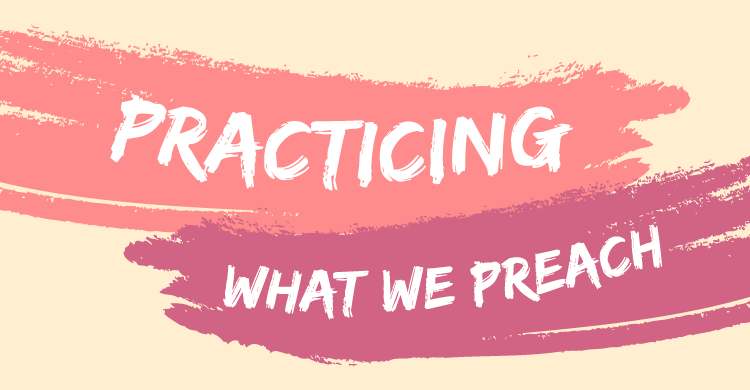Practicing What We Preach: Continuous Improvement and the PLC at Work Process
An essential characteristic of a true professional learning community is continuous improvement—a “persistent disquiet with
Read More

An essential characteristic of a true professional learning community is continuous improvement—a “persistent disquiet with
Read MoreEvery year hundreds of educators visit White River School District to observe the work of
Read More
We were speaking to a team of teachers about their classroom recently, and this is
Read More
Based on 100-Day Leaders: Turning Short-Term Wins Into Long-Term Success in Schools Our book, 100-Day
Read More